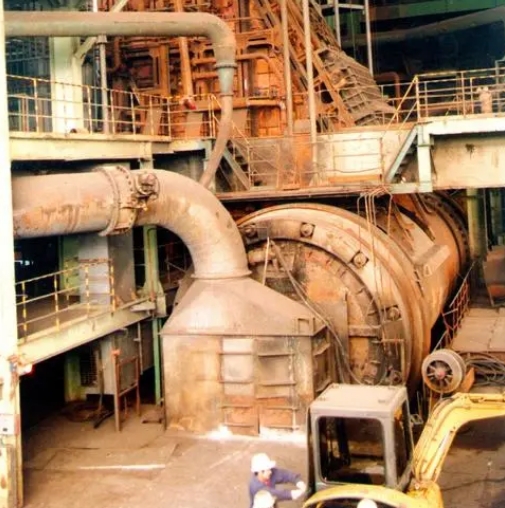- 18
- Dec
Configuration plan of refractory bricks and castables for Noranda furnace
Configuration plan of refractory bricks and castables for Noranda furnace
Noranda furnace lining uses alkaline refractory bricks, directly combined with magnesia-chrome bricks, which have good high-temperature volume stability, low apparent porosity, low air permeability, good thermal shock resistance and slag erosion resistance; electrofusion combined with magnesium Chrome bricks have high chemical purity, low impurity content, high bulk density, high high temperature compressive strength, good slag erosion resistance and high temperature flue gas erosion; while fused cast magnesia chrome bricks are expensive, but they are resistant to high temperature and melting Corrosion and erosion resistance are particularly good. They are generally used in key and easily melted parts of the furnace body. Table 1 shows the main current indicators of magnesia-chrome bricks for Noranda furnaces.
Since the Noranda furnace of a certain company was built and put into production, the damaged parts of the lining of each smelting production cycle have been inspected, analyzed and researched. In the previous years of overhaul, the optimized configuration of refractory materials for each part of the lining was re-determined. In the critical and vulnerable damper area, the charging port on the half of the charging end wall, the burner hole is made of magnesia chrome brick, the slag discharge end wall, the slag line lining on both sides of the burner hole and the precipitation zone is selected UB605-13R1; copper matte Fused cast magnesia chrome bricks are still used for the discharge outlet and the copper port launder. Other parts such as furnace bottom and furnace roof are all selected directly combined with magnesia-chromium transfer furnace bottom high-alumina bricks and unshaped refractory materials, so that the localization of refractory materials can be promoted steadily and gradually.
Among them, the newly-built Nora Randa furnace was put into production for 316 days, setting a world record in the production time of the same furnace type. After the overhaul, the refractory material was used to optimize the configuration, and the continuous production was 494 days, which is close to the world record of 498 days for the life of the same furnace.

